B.R.AI.N.S., Berkeley BioLabs, and Foresight Institute to build an open source biological parts repository and design and distribute a line of “How-to Build Biological Machines” educational kits.
B.R.AI.N.S., Berkeley BioLabs, and Foresight Institute to build an open source biological parts repository and design and distribute a line of “How-to Build Biological Machines” educational kits.
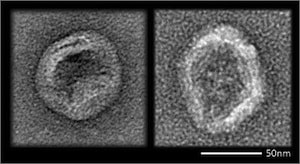
Enveloped DNA nanostructures were developed to escape attacks from nucleases and the immune system, opening a path to ever more sophisticated DNA nanomedical devices.
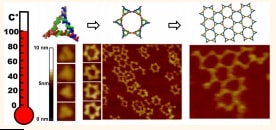
The complex molecular recognition code of RNA offers RNA nanotechnology a greater variety of 3D structures and functions than are present in DNA nanotechnology, but the RNA structures can be fragile. New RNA triangles that resist boiling solve this problem.
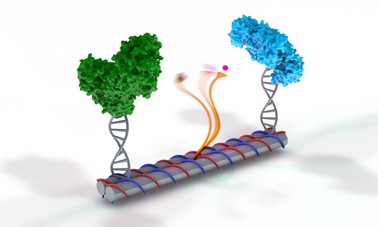
A swinging DNA arm added to a DNA scaffold makes it possible for two enzymes attached to the scaffold to complete a coupled chemical reaction.

A bacterium has been engineered to stably propagate a DNA written with six letters instead of the usual four, greatly expanding the number of amino acids, both natural and synthetic, that can be genetically encoded. Further work could lead to novel proteins incorporating these additional amino acids, and from there to novel materials, devices, and machines.

Reviewing Eric Drexler’s Radical Abundance, Phil Bowermaster provides an informed and insightful overview of the controversies that greeted the proposal for a nanotechnology aimed at developing a practical technology for atomically precise manufacturing. Along the way he shows how Drexler’s outlook evolved from 1986 to 2013.
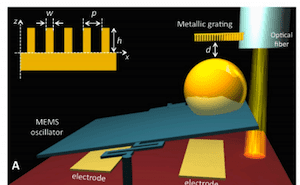
A possible top-down path to atomically precise manufacturing that passes through microscale machinery might be rendered easier because of recent progress in suppressing the Casimir force, which contributes to the ‘stiction’ problem often encountered with microelectromechanical systems.

The concern of the US GAO for a gap in nanomanufacturing is well-placed, but it is only half of the problem with the limited US vision of the impact of nanotechnology on the future world economy.

Using struts made of DNA to stiffen polyhedral corners, scientists have build rigid DNA cages an order of magnitude larger than previous DNA nanostructures, and only one order of magnitude smaller than bacterial cells.
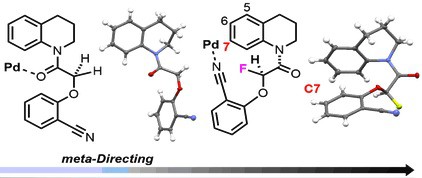
A new tool to chemically modify one specific carbon atom among several chemically very similar ones will facilitate building larger, more complex molecules for drug discovery and for nanotechnology.